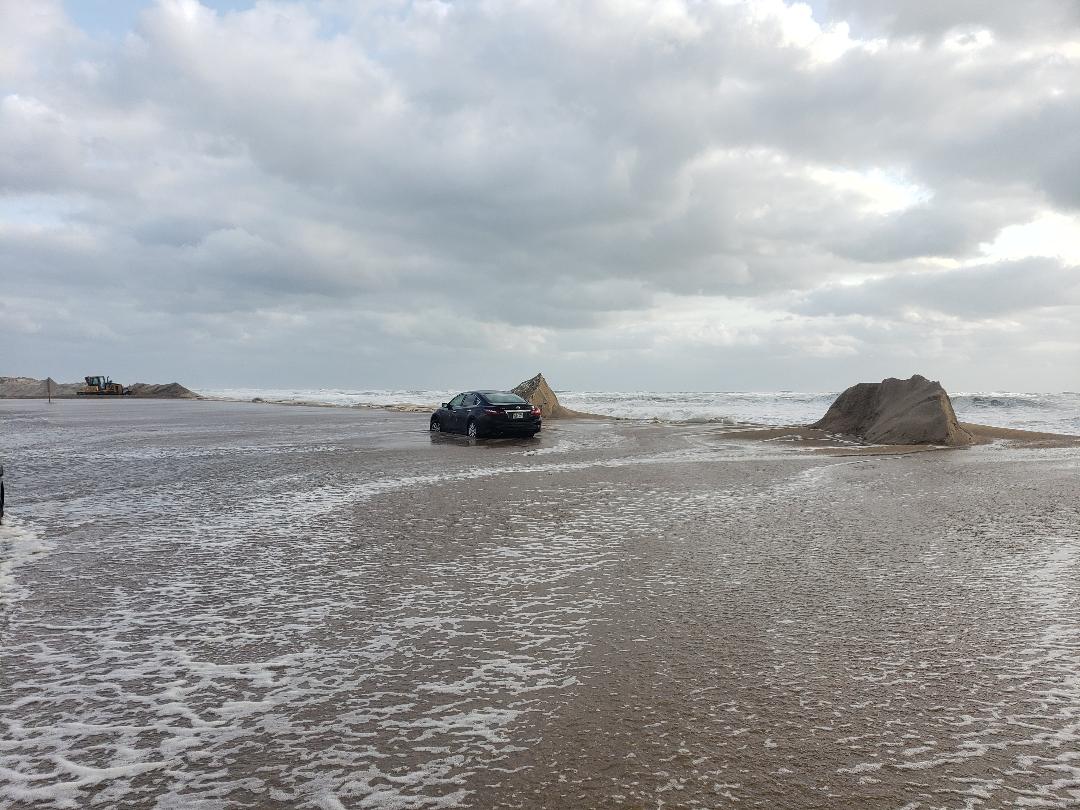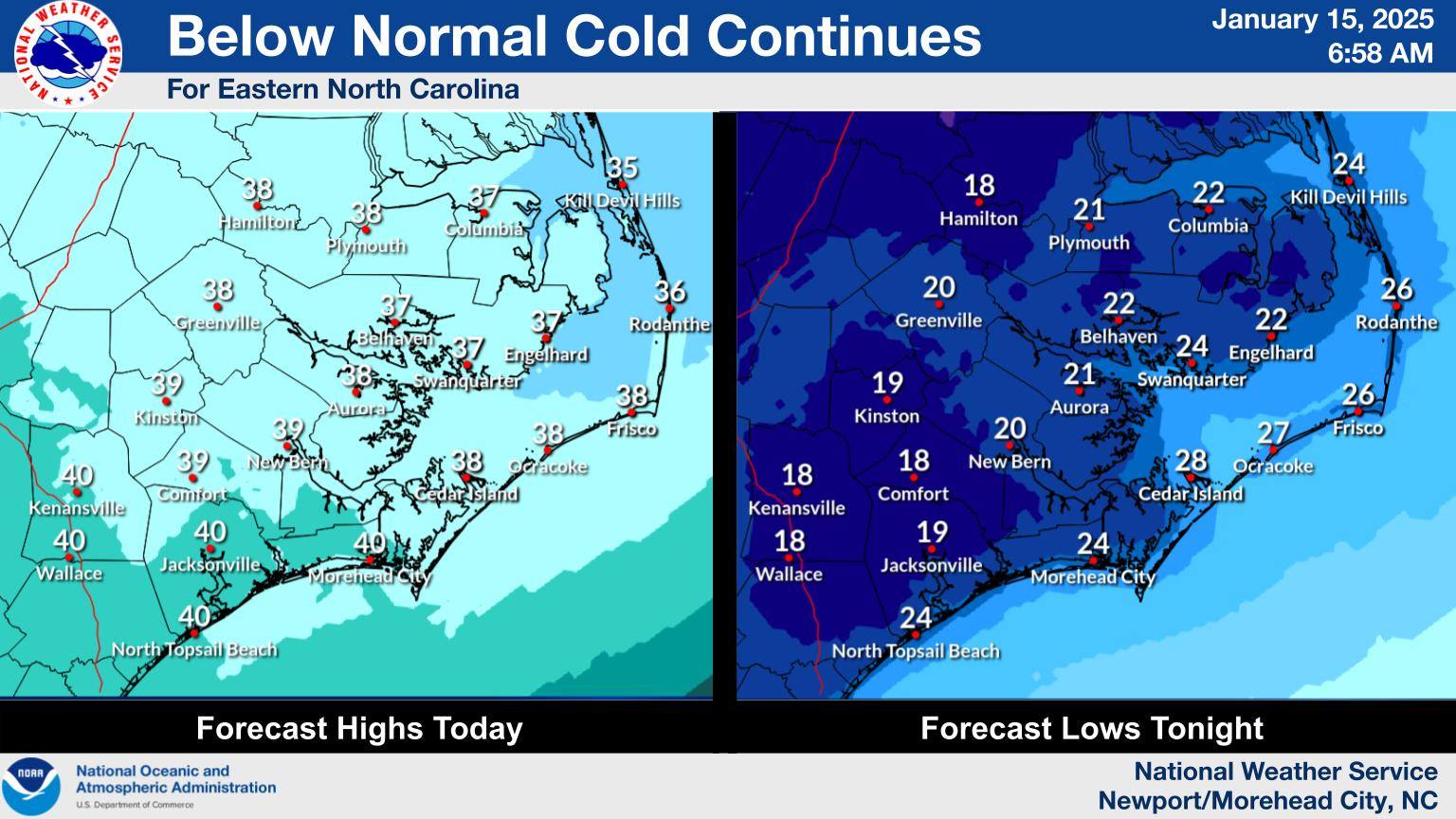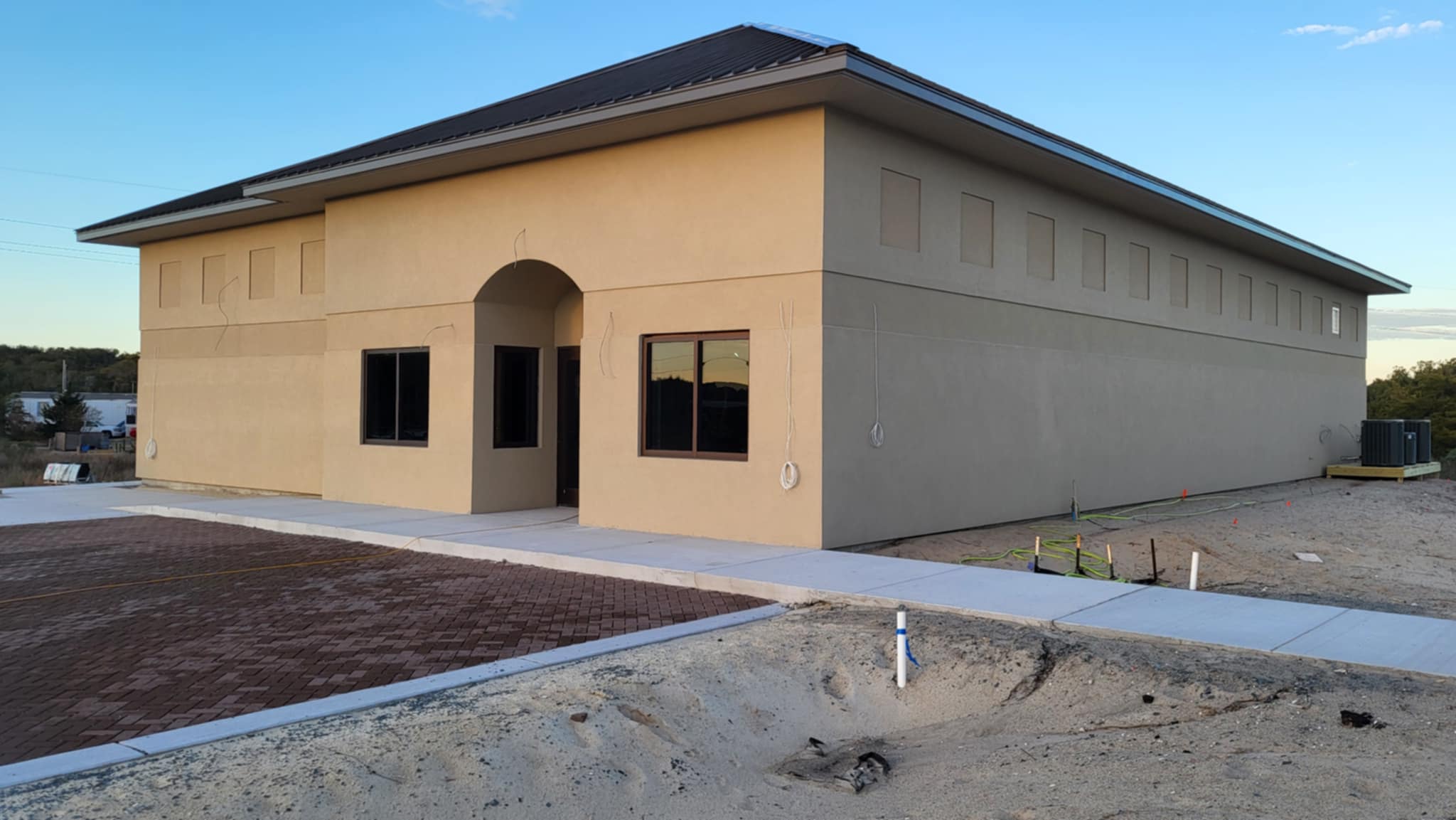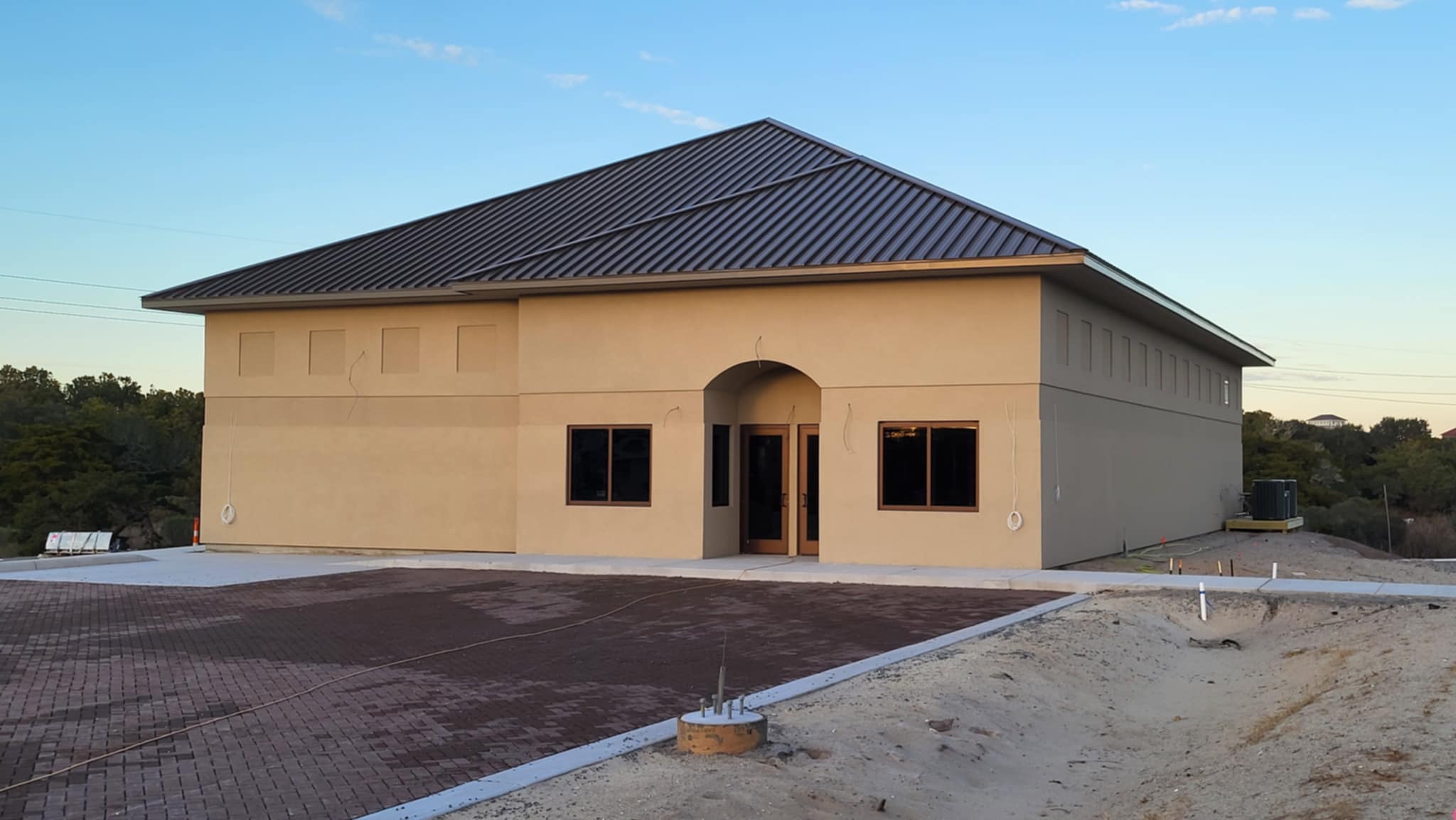Residents not happy about twoyears for Buxton beach restoration
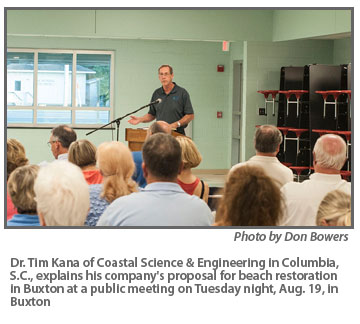
About 25 community members came to Cape Hatteras Secondary School last night to hear Dare County and its consultants explain the planned beach restoration project for Buxton and to ask questions.
When the meeting ended, it was clear that many residents are still not happy that the completion date is at least two years away. And county officials made it clear that they could not put sand on the beach more quickly and still meet regulatory requirements.
The night before — Monday, Aug. 18 — the Dare County Board of Commissioners voted unanimously to contract with Coastal Science & Engineering (CSE) of Columbia, S.C., to manage the restoration project at a cost of $1.68 million.
CSE was also hired by the county last year to do a feasibility study on beach nourishment on Hatteras Island, which included projects at Rodanthe and Buxton.
Since the N.C. Department of Transportation and the U.S. Army Corps of Engineers are currently completing a nourishment project at the S-curves and northern Rodanthe, the county is pursuing only the Buxton project at this time.
That CSE feasibility report was presented to the board in November and estimated the costs of the Buxton nourishment at $20 to $27 million, depending on whether the project was designed for five or for 10 years.
According to the contract, CSE will manage such elements of the project as environmental permitting, condition surveys on the beach and the borrow area from which the sand would come, cultural resource and geophysical surveys, project design, bid coordination and liaison, construction oversight, and post construction work.
For the audience last night, the most important three pages in the 60-page CSE proposal for Buxton set out the project’s proposed timeline.
If all goes exactly as planned, especially with obtaining all of the environmental permits and a special use permit from the National Park Service, the project would be completed in August 2016.
That would not be fast enough, said many of the folks at the meeting.
The north Buxton area is eroding at a higher rate than just about any other site on the island except the S-curves and north Rodanthe and has been a problem for years.
An inlet was opened between Buxton and Avon in the 1962 Ash Wednesday storm and the highway was ripped apart by Hurricane Dennis in 1999. Today even minor northeasters can send the ocean over the dunes and onto the highway. This summer many tourists at the motels and rental cottages in the area are sitting on top of sandbags at high tide when there is no beach.
Of utmost importance to county officials is the protection of Highway 12, the island’s only travel corridor. Roadway closures are devastating to the economy of the island and the county and to the lives of residents.
There are also about 28 private properties on the oceanfront in the area, according to the county, including three large motels that have been there for decades.
Over the years, there have been three nourishment projects in the area — in 1966, 1971, and 1973.
And another is desperately needed.
Warren Judge, chairman of the Board of Commissioners, told the audience last night that in 2012, the board decided that with or without the federal or state governments, the county was going to forge ahead with nourishment on Hatteras.
It won’t be easy, Judge and county manager Bobby Outten warned several times during the meeting. The “big property owner” on the island is the federal government, and the National Park Service owns the beaches.
After meetings with the Park Service at both the local and regional levels, Judge said, “We now have some confidence that if we meet all the regulatory requirements and get all the permits, we will be allowed to put sand on the beach.”
Dr. Tim Kana, project director with CSE, said the project must be done in the summer for safety reasons. “Safety trumps all,” he said. He added that to even try to do the project in the stormy winter months would be cost prohibitive.
The earliest the permits can possibly be secured for a summertime project is 2016, and delays, according to the proposal, could push it into the summer of 2017.
Property owners have been aggressively pushing county, state, and federal officials since Hurricane Irene in 2011 to address what is seen by many as an “emergency” in north Buxton.
Last night at the meeting, in addition to asking some pointed questions about the project, they signaled their frustration with another wait of at least two years. Some were more vocal than others.
Christy Roberson, who owns two properties in the area, said that she is only able to live there about half the time. The backyards of the oceanfront houses, she said, are now the “beach.” Folks in the area need a “rescue,” she said.
“How much longer can we hold up with cut and paste (solutions) out of our own pockets?” she asked, referring to temporary measures such as bulldozing sand into dunes and piling up sandbags.
“As homeowners, what can we do to move this along…to speed it up?” asked another audience member. “This has been dragging on forever.”
Carol Dillon owns the Outer Banks Motel. Now in her 80s, she has been beating back the encroaching Atlantic Ocean for decades. She is not a person who minces her words.
“I am angry,” she told the officials at last night’s meeting.
“If somehow you people don’t speed up this project, we’re going to lose the road,” she said. “We can’t wait until 2016.”
“If you are not going to speed it up, you better have a plan for (dealing with) the inlet,” she warned.
Repeatedly, Judge and Outten assured the property owners that they felt their pain, but that the project was moving as quickly as possible.
Judge noted that the project has the unanimous support of the commissioners, six of whom were at the meeting.
“We have a really aggressive timetable,” Judge added.
“It’s going to be dark before the dawn,” he said later. “We cannot go out there tomorrow and dump sand there.”
“You don’t want us to cut corners,” Outten said, referring to an earlier question about possible lawsuits to stop nourishment, which he said was unlikely but would be possible if regulatory documents were not properly prepared.
“Everyone is doing as much as they can,” he added.
“Do not for a moment believe that this Board of Commissioners is not doing all it can do,” said Malcolm Fearing, a member of the state Board of Transportation. “Rest assured that the state and the county board are aware of the importance of this.”
Allen Burrus warned of the difficulties dealing with the federal government, which may lie ahead. State and local officials, he said, have managed to work with the U.S. Fish and Wildlife Service on repairs to Highway 12 on Pea Island.
“But the Park Service is a different ballgame,” he said.
“We can beat it,” he said, “but we are going to have to keep after it.”
Here are some details of the project, as spelled out in the proposal and discussed at the meeting by CSE’s Kana, Judge, and Outten:
The area of beach to be nourished will be approximately 2.3 to 2.7 miles long from about 7,000 to 9,000 feet north of the first building along Highway 12 in Buxton to the old lighthouse site.
The center section of that area is the narrowest.
Up to 60 percent of the project would take place on National Park Service lands.
The five-year plan calls for pumping 1.475 million cubic yards of sand on the beach. The 10-year plan would pump 2.260 million cubic yards.
The consultants have located a nice area about 1 1/2 to 2 miles offshore from which to pump the sand — called the “borrow” area. The area has compatible sand for the Buxton Beach, Kana said, and passed around a plastic bag of it that had been obtained during feasibility studies.
CSE will manage the contracting of the dredging and will have an engineer on the beach at all times to oversee it.
If all goes well, a draft environmental impact statement will be ready by January and permit applications will be submitted in March. A final environmental impact statement should be prepared by November or December of next year.
There will be several opportunities for public comment.
The property owner will not own the nourished part of the beach and cannot build on it.
The issue of who will own the nourished beach is a “conundrum” to be solved later, Outten said. Both the state and the National Park Service have an interest in ownership.
Whether or not there will be a special tax district that requires property owners to shoulder part of the cost for the project has not been discussed by the Board of Commissioners. Outten said it would be under discussion at some point, when the county has a better handle on the cost of the project.
The project is being paid for by a one-cent occupancy tax earmarked for beach restoration and levied last summer by the county.
The county is not expecting a legal challenge to the project.
FOR MORE INFORMATION
Click here to read the CSE proposal for beach restoration in Buxton
Click here to see CSE’s proposed timeline for the project.







